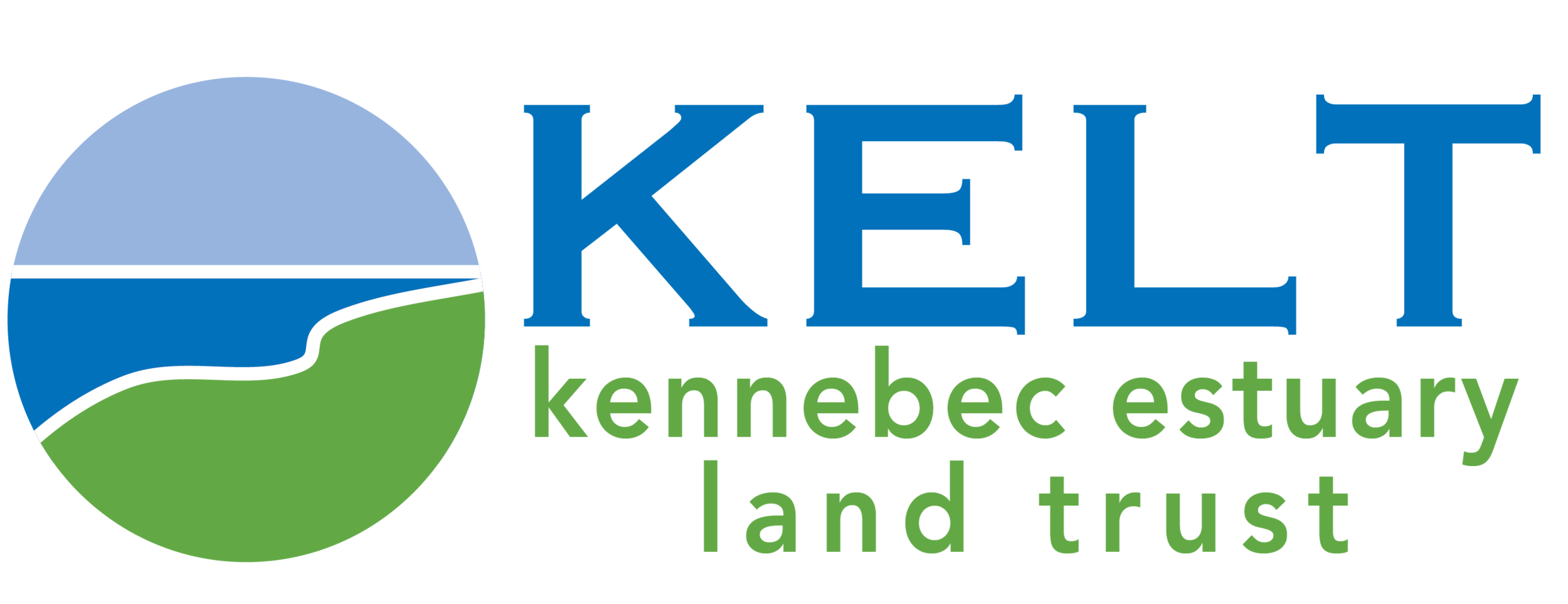Rob Shultz, Resonant Photography
Maintain and improve the ecological values of KELT's conserved land and promote the same throughout the estuary.
Maintain a certified herbicide applicator on staff to effectively combat invasive species and promote the same for partner organizations.
Prioritize tidal marshes for invasive species management. Hockomock and Little River phragmites patches are in maintenance phase by 2027.
Eradicate invasive species at Center Point Preserve by 2026. The point area is regenerating with native forest and meadow species by 2028.
Collaborate with partners to establish a PRISM (Partnership for Regional Invasive Species Management) or similar regional invasive group.
Successfully raise and release Galerucella beetles (approved biocontrol for invasive purple loose strife), achieving a sustained population by 2029.
Identify priority eastern hemlock and brown ash tree locations for preservation against HWA & EAB by 2026.
Rob Shultz, Resonant Photography
Sustainably manage public access and visitation; Maintain, improve, and build trails and other public access features that protect the ecological resources from projected increase in visitor use and climate change impacts.
By 2027, establish standardized infrastructure designs for most common features that are resilient, protect or compliment the natural resources, provide consistent public appearance, and streamline individual project budgeting and completion.
By 2027, establish and adopt Best Management Practices for trail maintenance and construction that ensure a safe visitor experience, safeguards the natural resources, and is resilient to increased large rain events.
Inventory all trails for infrastructure locations and conditions by 2030. Create a comprehensive timeline of replacements/repairs in order to stagger construction projects. This timeline is updated annually and when a new trail is built.
By 2028, enhance three identified tidal restrictions on Center Point Road leading to KELT’s preserve and complete the Center Point All Persons Trail.
Secure and maintain the conservation values of KELT's conserved land portfolio with the promise of perpetuity at the forefront.
Uphold obligations for preserves and conservation easements; meeting national accreditation standards for monitoring all preserves and conservation easements on an annual basis. Reports are completed within 3 months of visit.
Complete management plans for every new preserve within 12 months of acquisition. When warranted, each plan includes or provides timelines for completing natural resource inventories, invasive species management plans, and public access plans.
Document and remedy easement violations in a timely manner; resolve historic violations by 2025. Submit a Terrafirma claim at the start of any easement violation or legal challenge.
Document and remedy preserve encroachments and trespass issues quickly; communicate to committee for issues needing more resources to resolve.
Ensure institutional knowledge is secured for stewardship in perpetuity by streamlining record keeping for new properties and upgrading historic record keeping systems by 2026.
Rob Shultz, Resonant Photography
Heather Perry
Expand stewardship capacity and diversify funding sources.
By 2025, acquire Landscape Conservation software and onboard it for completing annual monitoring. By 2026, other stewardship workflows are facilitated through the software (i.e. VPS management, management plan data, etc.).
Maintain tools and equipment in good working order and inventory to evaluate sufficient capacity to meet stewardship obligations. By 2030, identify the financial avenues for acquiring a stewardship truck.
Conduct semi-annual stewardship workshop training to volunteer preserve stewards (VPS) and other dedicated volunteers, along with one volunteer appreciation event. By 2027, every preserve with built public access has at least one trained and active VPS.
By 2028, seek stewardship support for KELT properties from three new community groups or large employers while strengthening existing relationships with entities who have supported KELT's stewardship work.
Grow the General Stewardship Fund to $1M by 2030 ($547,849 in Dec. 2024).





